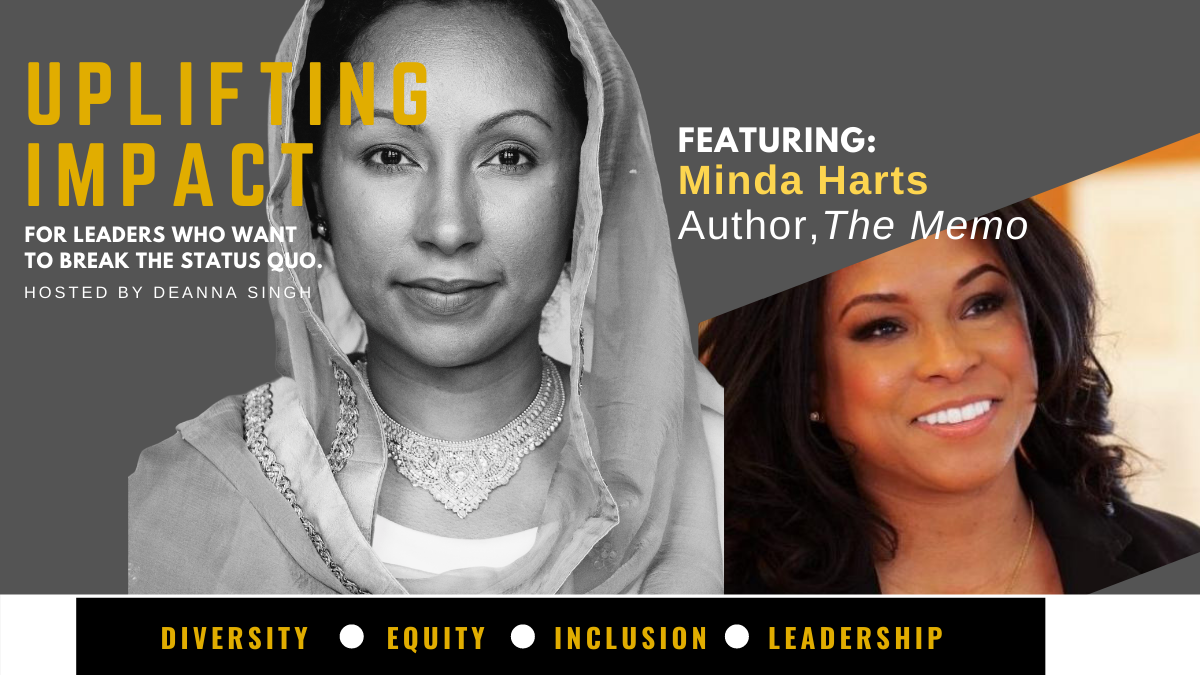Your DEI-Centered Business Plan

Last week, we discussed the need for diversity, equity, and inclusion (DEI), why it matters, and how companies can begin to center themselves around DEI. This week, we’re going to dig into one particular aspect of DEI: creating a DEI-focused business plan. No matter if you’re a one-person shop or working in a Fortune 500 company, it is crucial to have a business plan that reflects your company’s values, ethics, and mission.
Words matter. Remember that old saying, “Sticks and stones may break my bones, but words will never hurt me”? That was a convenient lie for anyone who wanted to insult or belittle others without consequences! But the truth is, words can have a profound impact.
When you’re creating or reworking your business plan, consider the language imbedded in it. Ask yourself:
- Is it inclusive?
- Will it attract a more vibrant and diverse workforce?
- Does it reflect a genuine desire to support DEI work?
- Does it put people before profits?
In addition to examining the language of your organization’s business plan, it’s a good idea to go through each section and rework them to reflect the company you want to become. Change starts from the top, down, and from the inside, out. A business plan is as “inside” as it gets. It is the core of the organization and should reflect its integral values and moral standards.
To center your company around DEI, try reworking the following sections of your business plan:
1. the executive summary
In a typical executive summary, you’ll find a mission statement, vision statement, and a high-level overview of your company’s organization and its products and/or services. How does DEI fit in? It could appear right in your company’s mission or vision statement. Take the mission statement of Twitter, for instance: To give everyone the power to create and share ideas and information instantly, without barriers.
Notice the use of “everyone” and the phrase “without barriers.” Twitter’s mission statement makes it clear that their platform is meant for all people, no strings attached. Oftentimes, however, a mission statement does not (or cannot) go far enough to clearly state a company’s commitment to DEI. That’s where a Diversity Statement comes into play…
2. the diversity statementMore and more companies are creating a diversity statement (which could be woven into a mission statement, or could be a distinct section in the business plan). A diversity statement emphasizes an organization’s commitment to promoting DEI in the workplace. These statements can be brief (a sentence or two) or elaborate. A great example of a comprehensive diversity statement comes from the tech company GoDaddy. They say:
…If you’re driven to perform, you’ll fit right in. We approach our work fearlessly, learn quickly, improve constantly, and celebrate our wins at every turn. Everyone is welcome—as an inclusive workplace, our employees are comfortable bringing their authentic whole selves to work. Be you.
Their website expands upon this diversity statement and directly addresses various groups of people including women, people of color (specifically, Black, Latinx, and Asian), veterans, and people with disabilities. They are also transparent about their pay structure and the work they are doing to close the gender and racial pay gaps.
The message GoDaddy is sending does not feel forced or fake. They not only claim to be welcoming, but also have the data to back up their inclusivity efforts. Such transparency is something to aspire to!
3. the hiring plan
If your company regularly hires employees, it’s a good idea to include a hiring plan within your business plan. This plan can detail the ways in which your company will engage in hiring best practices to attract people from all backgrounds and walks of life. See my last blog post for a list of inclusive hiring practices.
4. the operations plan
How will people with diverse perspectives, backgrounds, and needs fit into the day-to-day operations of your organization? Is your workplace welcoming and accommodating for those with hearing or vision loss? Mobility issues? Nursing mothers? Those with PTSD? Those who celebrate holidays that are often not listed on standard U.S. calendars (Diwali, Lunar New Year, multi-day funeral celebrations, etc.)?
Although your company’s operations plan might not cover every situation for every person, it is possible to include broad statements about the workforce’s diverse needs. For instance, the company could add a statement about accommodating diverse physical and mental health needs, and another statement about honoring employees on an individual, familial, and cultural level.
5. Include DEI Goals and Metrics
Expanding on your company’s vision statement, you could choose to include a section in your business plan dedicated to goal-setting and the specific metrics for achieving those goals. Metrics are important even when a goal is not easily measured. If, for instance, one of your goals is to “achieve 90 percent worker satisfaction,” you might measure this goal through a series of surveys, one-on-one meetings with HR or leadership, or forums. Other goals, such as closing the gender pay gap or hiring a more diverse workforce, are more easily measured, but that doesn’t mean they will be easier to achieve!
When it comes to goals, sincerity AND commitment is key. Having noble intentions is only the beginning; the real test is in how your organization will follow through with its promises and achieve real, sustainable change.
--
Use the DEI statements and strategies in your company’s business plan as a launchpad. Let them motivate your leadership and employees to amplify their commitment to diversity, equity, and inclusion, and to continually improve internal systems, operations, and culture. It’s time to revamp your business plan and GET EXCITED about its potential to incite positive change. Remember, words are powerful, but in the case of your business plan, they are only the beginning.
Want more DEI guidance? Consider attending my upcoming “How to Be an Ally” virtual summit—a 3-day workshop where passionate leaders can expand their knowledge, learn action-oriented techniques, and create a community that will prepare them for creating more impactful DEI engagement.

